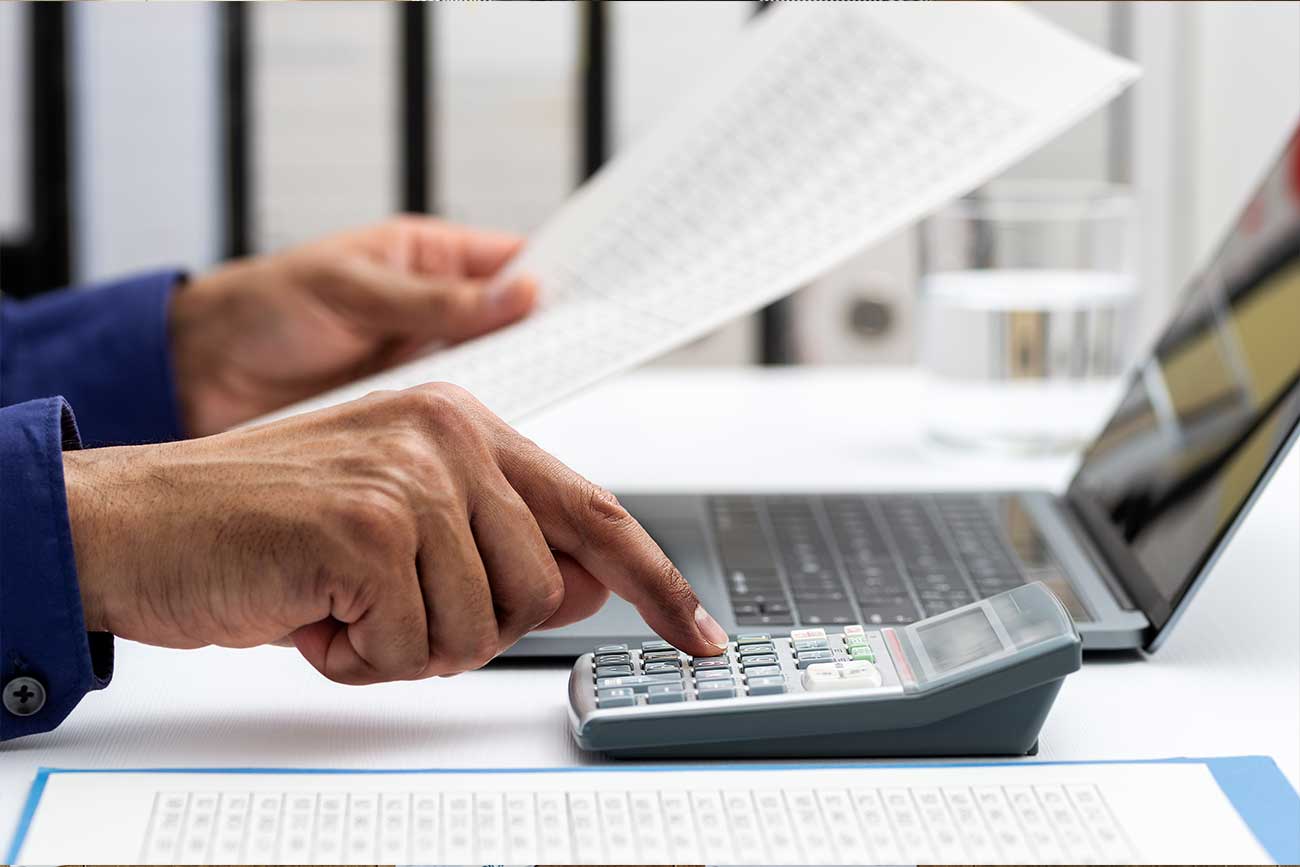Balance sheet: understanding and simplifying the preparation of this document
The balance sheet, or financial statement, is a mandatory legal document submitted by companies to the tax authorities. It is generally drawn up by a chartered accountant and requires rigorous accounting. It is often considered complex and tedious to produce. However, it can be simplified by adopting good practice.
Find out everything you need to know about the balance sheet and how centralising supplier accounting can simplify the preparation of this strategic document.
1 - Definition of the balance sheet
The balance sheet is part of the tax package, i.e. the set of documents that the company must provide to the authorities. The balance sheet is a document subject to the legal rules laid down in the Commercial Code and the General Accounting Plan (PCG). Once all the documents in the tax package have been published, they are then presented and submitted for approval at a general meeting and then filed with the commercial court registry.
The balance sheet is drawn up annually at the end of the financial year and takes the form of a balance between what the company owns and what it owes. It is generally completed by the income statement and the cash flow statement.
2 - What is the purpose of the balance sheet?
The main function of the balance sheet is to provide an accurate picture of a company's financial position and to establish its solvency.
In addition to the health of the company, it also allows :
- Calculate the amount of dividends that can be paid to shareholders based on the net income,
- Provide key information to shareholders and investors,
- Determine a company's debt ratio, taking into account outstanding debt and equity,
- Calculate the company's working capital (WCF), i.e. the amount of money the company has available to pay its current expenses such as employee salaries, supplier invoices, operating expenses and cash flow.
The balance sheet is also essential to get an overview of the company's activity and determine its development strategy.
3 - Balance sheet: which structure?
The balance sheet may seem difficult to grasp for people who are not familiar with accounting.
The document is organised around two main columns: one for assets and one for liabilities.
The "assets" column lists the assets of the enterprise, namely :
- "Fixed assets": these include intangible assets (software, patents, websites, licences, etc.), tangible assets (land, tools, buildings, machinery, etc.) and financial assets such as financial securities.
- "Current assets": this includes everything that is not kept permanently: stocks of goods and raw materials, receivables, advances or down payments, cash, etc.
These items are ranked from the most stable to the most liquid, i.e. from the most difficult to the easiest to sell without immediate loss of value.
The "liabilities" column includes the company's debts. It includes those related to supplier invoices, but also equity capital and provisions for risks and charges. The items in this column are classified in order of maturity, from long-term to short-term. From the elements contained in the liabilities, it is possible to determine the company's debt capacity and therefore its capacity to invest.
The company's share capital is also included in the liabilities as it is considered a debt to investors.
An accounting balance sheet is said to be balanced when the sum of assets equals the sum of liabilities. It is often accompanied by an accounting appendix which contains a number of documents, both mandatory and non-mandatory, that serve to explain and support the values recorded in the document.
4 - Centralisation of invoices: an important lever for an efficient financial statement
In order to facilitate the preparation of this balance sheet, it is important to keep regular and rigorous accounts. There are, of course, several ways of optimising cash flow. One of the most important points is undoubtedly the accounts payable. Between receipt, validation and payment, the management of supplier invoices can quickly become chaotic. They can also quickly accumulate and have a significant impact on other departments in the company. The relationship with suppliers can also be damaged.
The centralisation of invoices is an effective lever for reducing the time taken to process supplier invoices and for improving relations with suppliers. It also provides real-time visibility on all flows.
Freedz is a platform for centralising supplier invoicing and can help you to see your accounting documents more clearly. The tool allows you to dematerialise all your invoicing in order to save time in processing. As a collaborative tool, it simplifies exchanges with your suppliers and facilitates access to information as well as document searches. No more chasing lost or archived invoices when drawing up your balance sheet 😉
To conclude
The balance sheet is both a legally required document and a strategic document for the company. It provides a 360° view of the company and helps determine the direction to be taken in the more or less long term. It is on this basis that the manager can draw up his investment strategy. To facilitate the development of this strategy, it is important to centralise accounting documents using efficient management tools.
PDP dedicated to real estate: the assurance of a platform tailored to your needs
Electronic invoicing brings with it a host of new market players. Whether PPF, PDP or OD, all companies will have to think about which service provider they will use to manage their electronic invoice flows and ensure compliance with...
ViDA Directive: understanding the VAT modernization project
Value Added Tax (VAT) is a major source of revenue for the member states of the European Union. However, the growth of e-commerce, the increase in the number of transactions and the emergence of new technologies mean that the...
Neovacom officially registered as a partner dematerialization platform (PDP)
Announced as one of our major objectives for 2024, the registration of Neovacom and our Freedz platform as a partner dematerialization platform was officially announced by the General Directorate of Public Finances on August 27, 2024.La...






